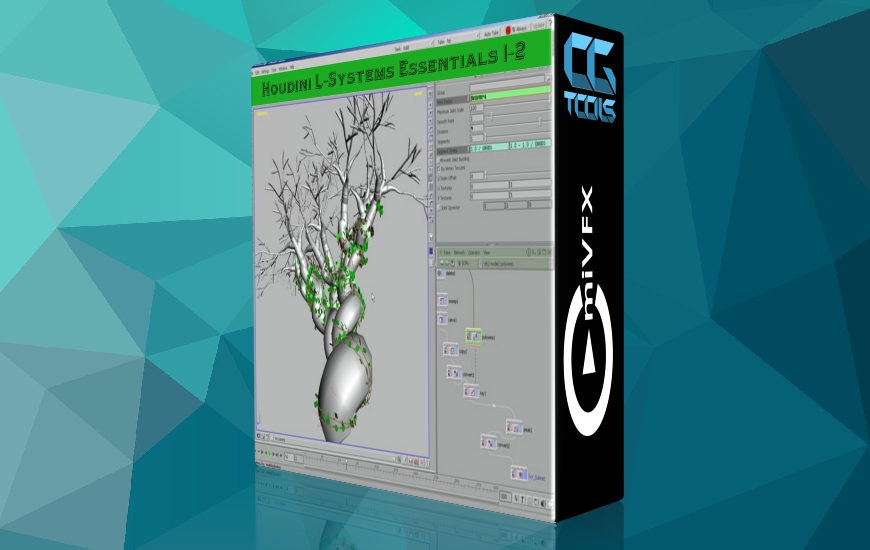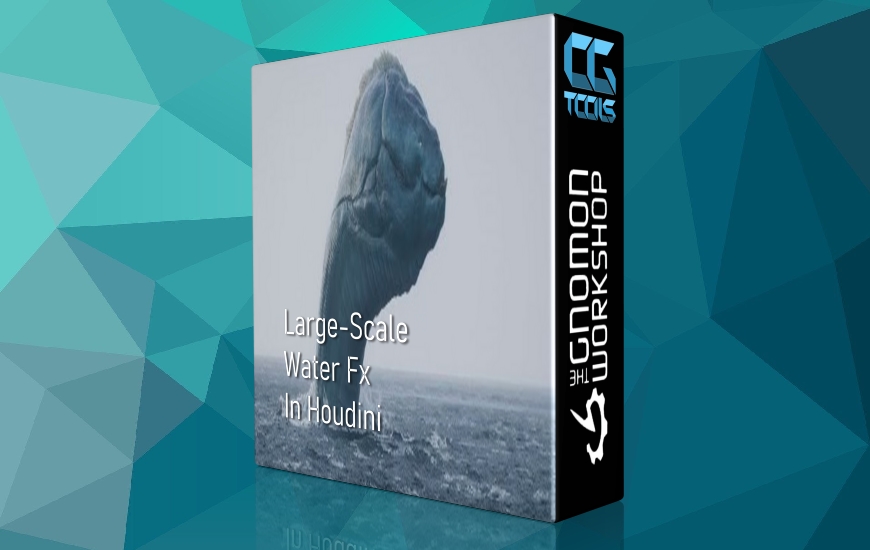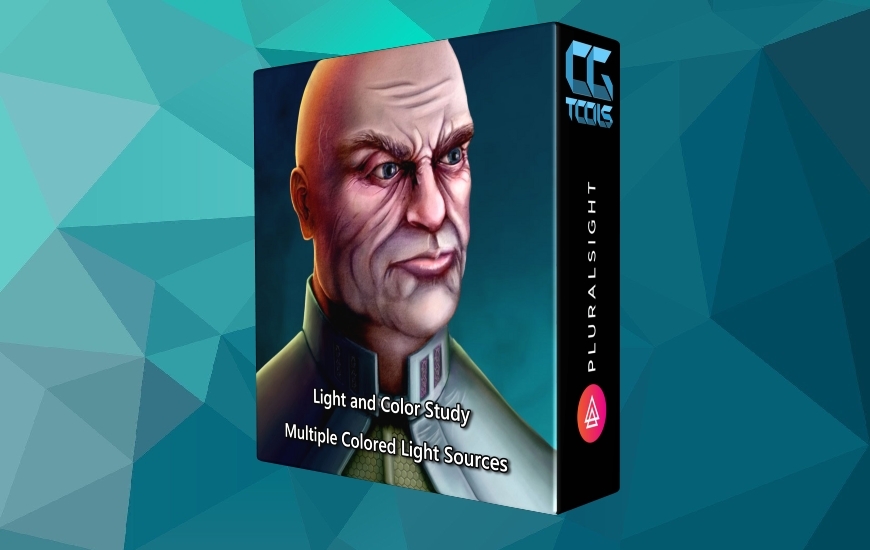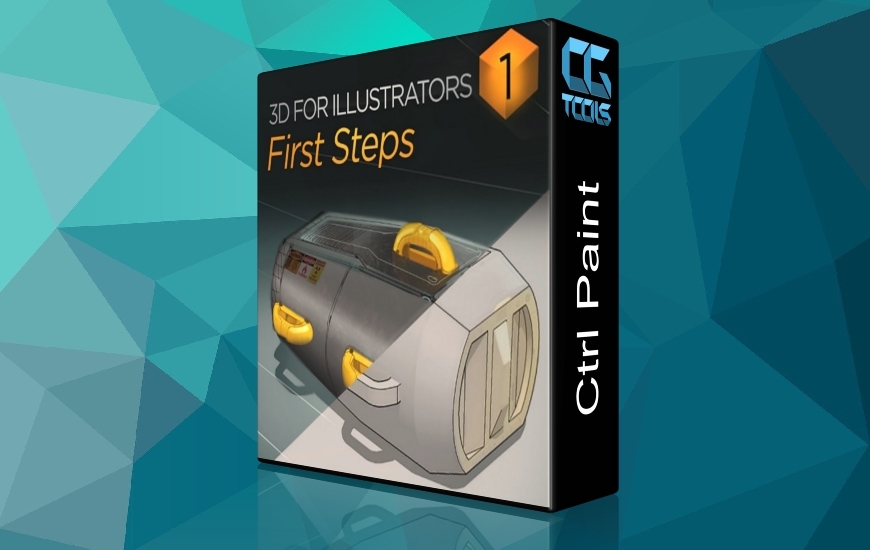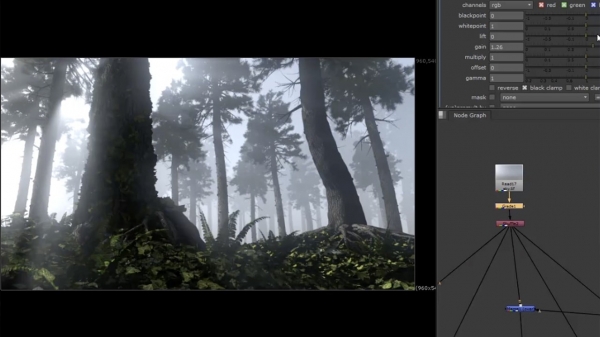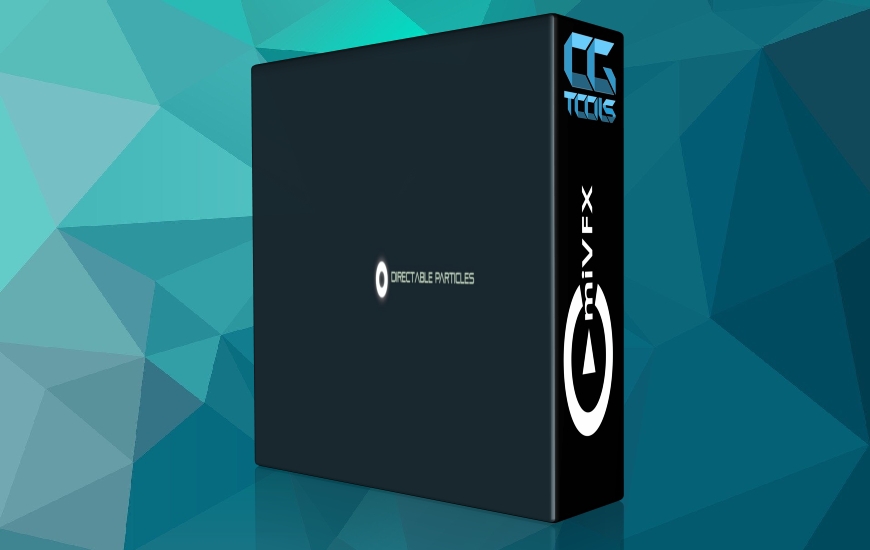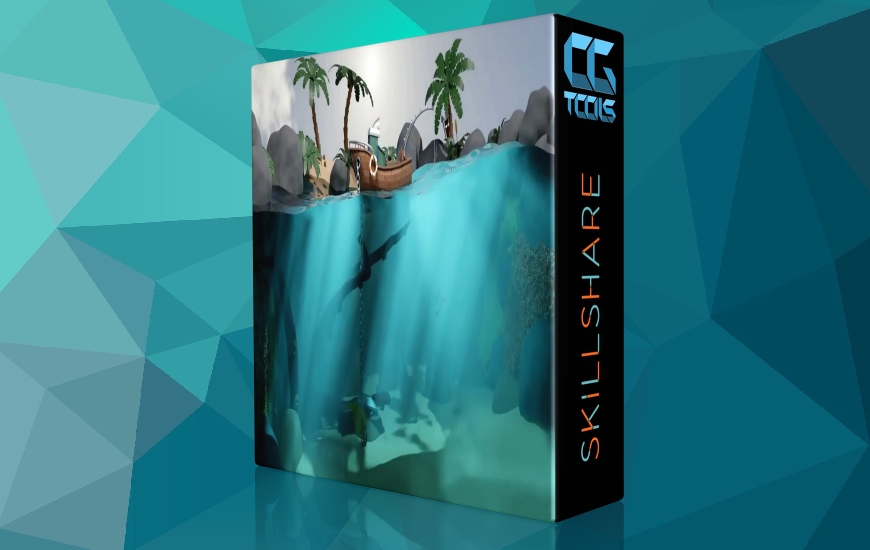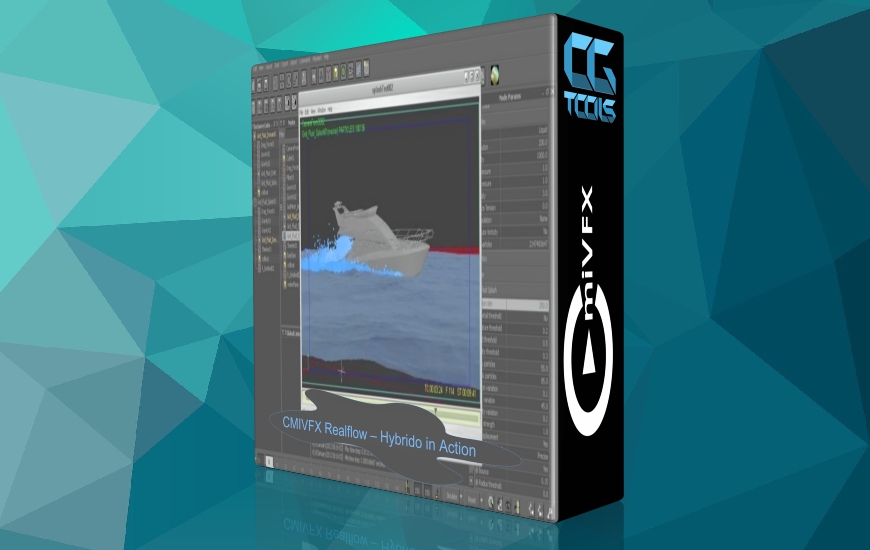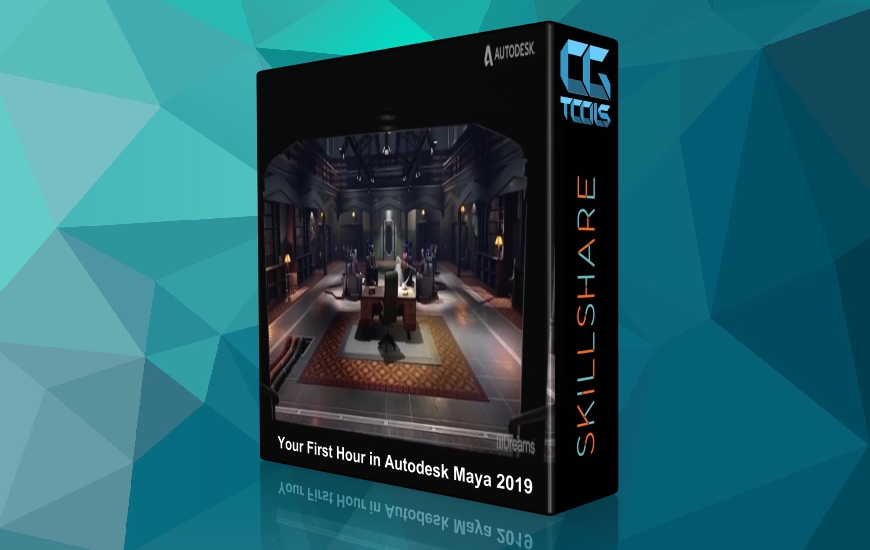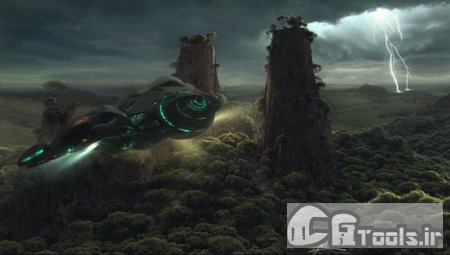![آموزش ال سیستم در هودینی]()
بنا به درخواست عمومی، این اولین ویدیویی است که در مورد این زمینه عظیم و در عین حال نامعلوم گرافیک کامپیوتری منتشر شده است. سیستم های L یک زبان بسیار مفید برای توصیف اشیاء به نظر فراکتال و ساختارهای انشعاب هستند. این عمدتا در طراحی محیطی، هنری و علمی، برای ایجاد گیاهان و درختان واقعی و شبیه سازی پدیده های متحرک گیاه شناسی پیچیده استفاده می شود. در جلوههای ویژه در فیلمهای مختلف برای ایجاد الگوهای آناتومیکی مانند نورونها در Fight Club یا عروق در Hollow-Man 2 استفاده شده است.
در این ویدیوها، میخواهیم با نشان دادن حداکثر چیزهای مختلفی که میتوانید با آنها بسازید، قدرت سیستمهای l را آزاد کنیم:
از مبحث بزرگ مدلسازی گیاهان و درختان گرفته تا انیمیشن شاخکها، سیمهای DOP، جلوههای رعد و برق، تولید ترکهای پیچیده، دانههای برف، مرجانها، سطوح مبتنی بر سیستم L، ایجاد الگوی شهر، جریان خون از طریق نایژهها، ساختن سیستمهای L قابل نوشتنتر و موارد دیگر. بیشتر (مدل سازی بازگشتی تعمیم یافته). برای گیاهان، به جای اینکه با جزئیات کامل به شما نشان دهیم چگونه یک گل ارکیده را مدل کنید و به شما اجازه دهیم راه خود را برای مدل کردن گل لاله یا گل یاس بنفش بیابید، رویکرد صاف اما در عین حال بسیار عمیق و جامع دیگری را در پیش گرفتیم که در آن تمام تکنیک ها را یاد خواهید گرفت و به دست خواهید آورد. روششناسی برای مدلسازی هر گیاه یا درختی از طریق مثالهای کلیدی کامل.
مشاهده توضیحاتــ انگلیسی
Upon general request,this is the first video ever released about this immense and yet not well-known field of computer graphics. L-systems are a very useful language for describing fractal looking objects and branching structures. It's mainly used in environmental design, both artistic and scientific, to create realistic plants and trees and to simulate complex botanical animated phenomena. It has been used in special effects in a great variety of films to create anatomical patterns such as neurons in Fight Club or vessels in Hollow-Man 2. In these videos, we want to unleash the power of the l-systems by showing you the maximum of different things you can make with them: From the large topic of plant and tree modeling to tentacle animation, wire DOPs, lightning effects, complex crack generation, snowflakes, corals, L-system based surfaces, city pattern creation, blood flow through bronchus, making L-systems more scriptable and much more ( generalized recursive modeling). For plants, instead of showing you in full detail how to model an orchid and let you find your way alone to model a tulip or liliac we took another smooth but yet very in-depth and comprehensive approach where you will learn ALL the techniques and acquire methodology to model ANY plant or tree through complete key examples.
